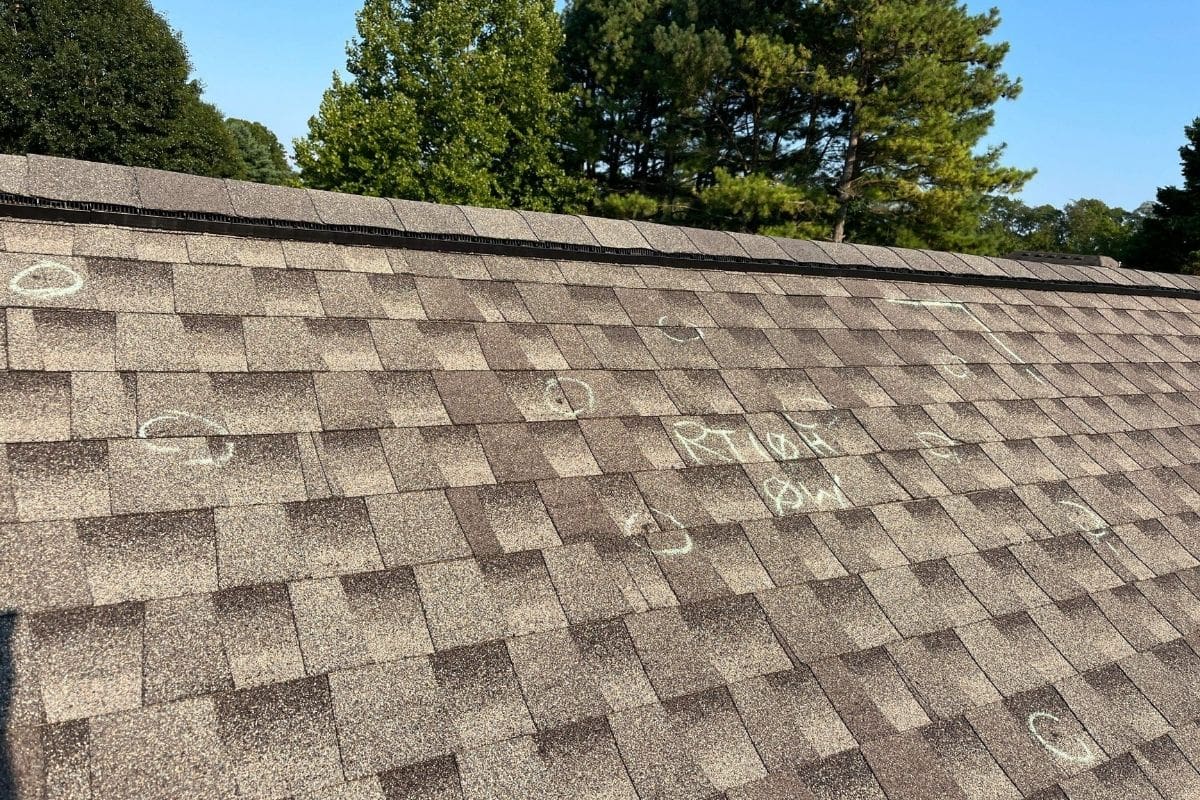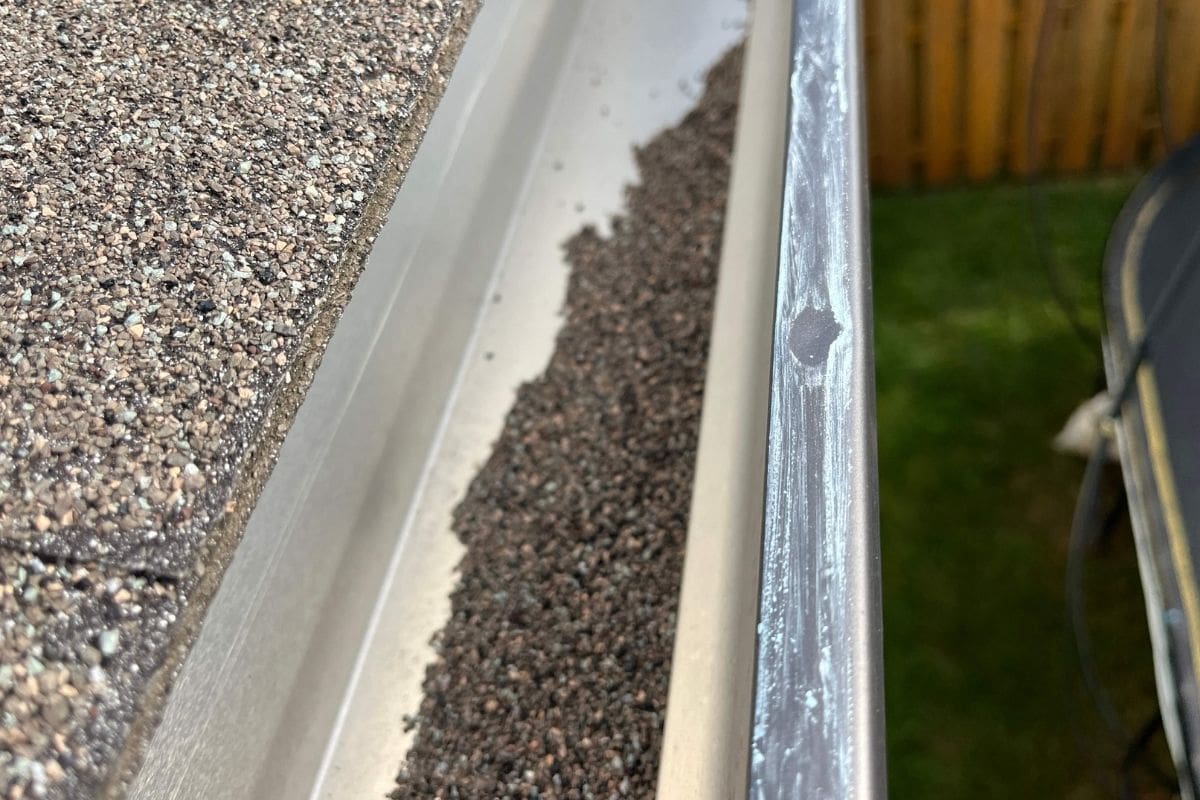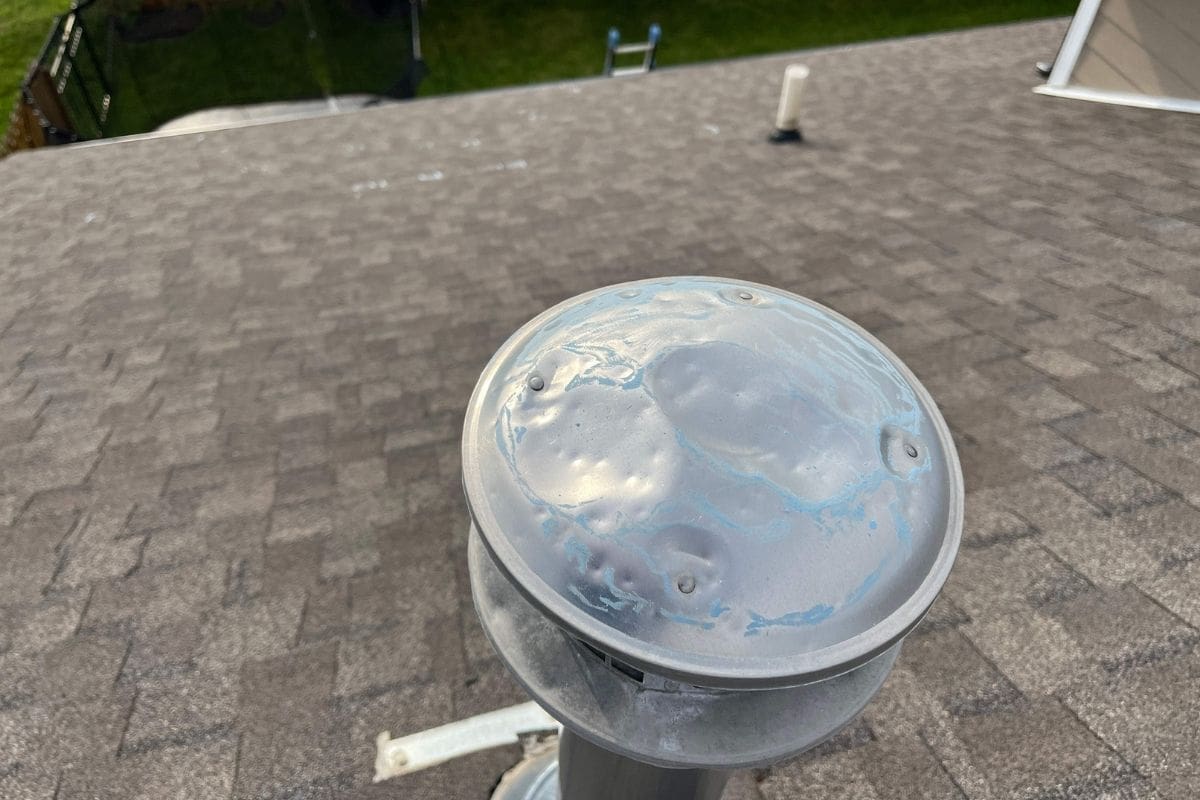The Ultimate Guide to Roof Repair or Roof Replacement

Your roof is your home’s first and most important line of defense against the elements. It works tirelessly day in and day out to protect you and your family. Understanding how to properly care for it, and knowing when to repair or replace it, can save you thousands of dollars in the long run and provide invaluable peace of mind.
This comprehensive guide will walk you through everything you need to know about keeping your roof in top condition.
Part 1: The Power of Proactive Roof Inspection
Before you can decide whether to repair or replace your roof, you need a clear picture of its current condition. Problems that are caught early are almost always easier and cheaper to fix. Performing a bi-annual roof inspection (spring and fall are ideal) can help you spot potential issues before they become catastrophic leaks.
The Homeowner’s DIY Roof Inspection Checklist:
You can safely inspect your roof from the ground with a pair of binoculars. Here’s what to look for:
- Shingles: Look for any shingles that are missing, cracked, curling, or buckling. These are all signs of wear and represent potential weak spots. Also, check your gutters for an accumulation of black, sand-like shingle granules; this is a key sign that your shingles are deteriorating and losing their protective layer.
- Flashing: Inspect the metal strips around chimneys, vents, and skylights. Damaged, rusted, or deteriorating flashing is one of the most common sources of roof leaks.
- Moss and Algae: Dark streaks (algae) or green, fuzzy patches (moss) might seem like a cosmetic issue, but they can trap moisture and lead to shingle damage and rot over time.
- Sagging: From a distance, look at the lines of your roof. A sagging or drooping roof is a serious red flag that could indicate structural damage to the decking or even your home’s trusses. If you notice any sagging, call a professional immediately.
- Interior Signs: Your home’s interior can offer clues as well. Check your attic for signs of water damage, such as dark stains on the wood, peeling paint on the ceilings below, or any visible daylight coming through the roof boards.
Part 2: The Core Decision: Roof Repair or Roof Replacement?
Once you’ve assessed your roof’s condition, you face the big question. Is this a job for a simple repair, or is it time to invest in a full replacement?
The Pros and Cons of a Simple Roof Repair
Making the choice between repairing and replacing your roof is a significant financial decision. Understanding the advantages and disadvantages of a simple repair can help guide your choice.
|
Pros of Roof Repair |
Cons of Roof Repair |
|
Cost-Effective for Minor Issues: For isolated problems like a few missing shingles or a small leak around a vent, a repair is significantly cheaper than a full replacement. |
A “Band-Aid” on a Larger Problem: If your roof has widespread issues or is nearing the end of its lifespan, a repair may only be a temporary fix, leading to a cycle of costly service calls. |
|
Faster Process: A targeted roof repair can often be completed in a single day, minimizing disruption to your daily life. |
Mismatched Materials: It can be very difficult to find new shingles that perfectly match the color of your existing, sun-faded shingles. This can create a patchwork look that affects curb appeal. |
|
Prevents Further Damage: Addressing a small problem promptly with a repair can prevent it from escalating into a much larger and more expensive issue, like rot in the roof deck. |
Hidden Damage May Be Missed: A quick repair might not uncover underlying issues with the roof decking or underlayment, which could lead to more significant problems down the road. |
Common Causes of Roof Damage: The Verdict
The appropriate course of action often depends on the specific cause and extent of the damage. Here’s a breakdown of common issues and whether they typically call for a repair or a full replacement.


|
Cause of Damage |
Description |
Typically Repaired or Replaced? |
|
Missing or Damaged Shingles |
Individual shingles can be torn off by high winds or damaged by falling debris. |
Repair: If only a few shingles are missing or damaged in an isolated area on an otherwise healthy roof, a professional can easily replace them. |
|
Curling or Buckling Shingles |
As asphalt shingles age, they can begin to curl at the edges or buckle in the middle. This is often a sign of excessive heat in the attic or simply the end of their lifespan. |
Replacement: Widespread curling or buckling is a strong indicator that your roof system is failing and needs to be replaced. |
|
Leaks Around Flashing |
The metal flashing around chimneys, vents, and skylights can deteriorate, crack, or pull away over time, creating gaps where water can seep in. |
Repair: In most cases, the flashing can be repaired with sealant or fully replaced without needing to replace the entire roof. |
|
Significant Granule Loss |
The granules on asphalt shingles protect them from the sun’s UV rays. As the roof ages, these granules will begin to wear away and collect in your gutters. |
Replacement: While all shingles lose some granules, large bare patches or gutters full of granules are a sign that your shingles are no longer protected from the sun and the roof will soon need to be replaced. |
|
Moss and Algae Growth |
Moss and algae can trap moisture against the roof surface, which can accelerate shingle damage and, in severe cases of moss, lift shingles and allow water underneath. |
Repair: The growth can be professionally cleaned, and preventative measures (like zinc strips) can be installed. However, if the underlying shingles have been damaged, those sections may need repair or replacement. |
|
Sagging Roof |
A sagging roof is a serious structural issue that can be caused by chronic water damage to the roof decking, an improperly installed roof, or a roof that is too heavy for the framing. |
Replacement: A sagging roof almost always requires a full replacement of the roof materials and decking, as well as significant repairs to the underlying roof structure by a qualified framer. |
|
Major Storm Damage |
Hail can create dents and cracks in shingles, compromising their integrity. High winds can lift and tear large sections of the roof. |
Repair or Replacement: This is highly dependent on the extent of the damage. An insurance adjuster and roofing professional will need to assess if a targeted repair is sufficient or if a full replacement is warranted. |
|
Old Age |
Over time, all roofing materials will degrade due to constant exposure to the elements. |
Replacement: If your roof is approaching or has exceeded its expected lifespan, replacement is the most proactive and cost-effective solution in the long run, even if there are no obvious signs of major damage. |
Part 3: The Insurance Factor: A Path to a Less Expensive Replacement
Before you pay out-of-pocket for a major repair or a full replacement, it’s crucial to consider your homeowner’s insurance. Under the right circumstances, a full roof replacement could cost you less than a series of expensive repairs.
Insurance policies are designed to cover damage from sudden, accidental events, often called “perils” or “acts of God.” This includes damage from hail, windstorms, and falling trees. It does not cover damage from old age, neglect, or gradual wear and tear.
Here’s how you can leverage your policy effectively:
- Identify the Right Kind of Damage: After a significant storm, have your roof inspected. If a professional finds evidence of widespread hail impacts or wind damage (like lifted or creased shingles) across multiple slopes of your roof, it often qualifies as a covered event. This widespread damage can make a strong case for a full replacement, as patching it would be ineffective.
- Act Quickly: Most insurance policies have a statute of limitations for filing a claim, which is typically one year from the date the damage occurred. If you wait too long after a storm, your insurer may deny the claim, arguing that subsequent weather could have contributed to the damage.
- Hire a Storm Claim Specialist: This is the most important step. A roofing contractor with extensive experience in handling insurance claims is an invaluable partner. They know how to:

- Thoroughly document all damage in a way that insurance adjusters understand.
- Meet with your insurance adjuster on the roof to point out damage that might otherwise be missed.
- Navigate the complex claims process and advocate on your behalf to ensure you get a fair settlement.
When a claim for a full roof replacement is approved, you are only responsible for paying your deductible. This amount—often between $1,000 and $2,500—can be significantly less than the thousands you might pay for a series of out-of-pocket repairs on a failing roof, making it the most cost-effective path to a brand-new, secure roof.
Part 4: Choosing Your New Armor: A Guide to Roofing Materials
If a replacement is in your future, choosing the right material is a critical decision. Here’s a comparison of popular options:
|
Material |
Average Lifespan |
Average Cost (per sq. ft.) |
Pros |
Cons |
|
Asphalt Shingles |
15-30 years |
$4 – $7 |
Affordable, easy to install, wide variety of colors and styles |
Shorter lifespan, susceptible to wind damage |
|
Metal Roofing |
40-70 years |
$8 – $18 |
Durable, energy-efficient, long-lasting, fire-resistant |
Higher upfront cost, can be noisy during rain if not insulated well |
|
Wood Shakes/Shingles |
20-40 years |
$5 – $15 |
Beautiful, natural, rustic look |
Requires regular maintenance, susceptible to fire and rot |
|
Clay/Concrete Tiles |
50-100 years |
$10 – $20 |
Extremely durable, fireproof, low maintenance |
Heavy, requires a reinforced roof structure, expensive |
|
Slate |
75-150+ years |
$10 – $30+ |
Extremely long-lasting, beautiful, fireproof, low maintenance |
Very expensive, very heavy, requires specialized installation |
Part 5: Hiring the Right Professional

Choosing the right roofing contractor is just as important as choosing the right materials. An improper installation can void material warranties and lead to premature failure.
- Get Multiple Quotes: Get at least three written, itemized estimates from different contractors.
- Check for Licensing and Insurance: Ensure the contractor is licensed and carries both liability insurance and workers’ compensation. This protects you from any accidents on your property.
- Ask for Local References: A reputable contractor will be happy to provide you with a list of recent, local projects you can look at.
- Get a Written Contract: Never proceed with just a verbal agreement. The contract should clearly outline the full scope of the work, materials, timeline, and payment schedule.
- Don’t Base Your Decision on Price Alone: An unusually low bid could be a sign of inexperience, corner-cutting, or the use of subpar materials.
Part 6: The Lasting Benefits of a New Roof
A new roof is a significant investment, but it’s one that pays dividends for years to come:
- Increased Home Value: A new roof is a major selling point and can provide a significant return on investment when you sell your home.
- Improved Energy Efficiency: Modern roofing systems with proper ventilation can help you save money on your heating and cooling bills.
- Enhanced Curb Appeal: A new roof can dramatically transform and update the look of your entire home.
- Peace of Mind: There is no substitute for the peace of mind that comes with knowing your home is safe and protected from the elements for decades to come.
By performing regular inspections and understanding the key signs of damage, you can make a smart, informed decision about your roof and protect your most valuable asset.
